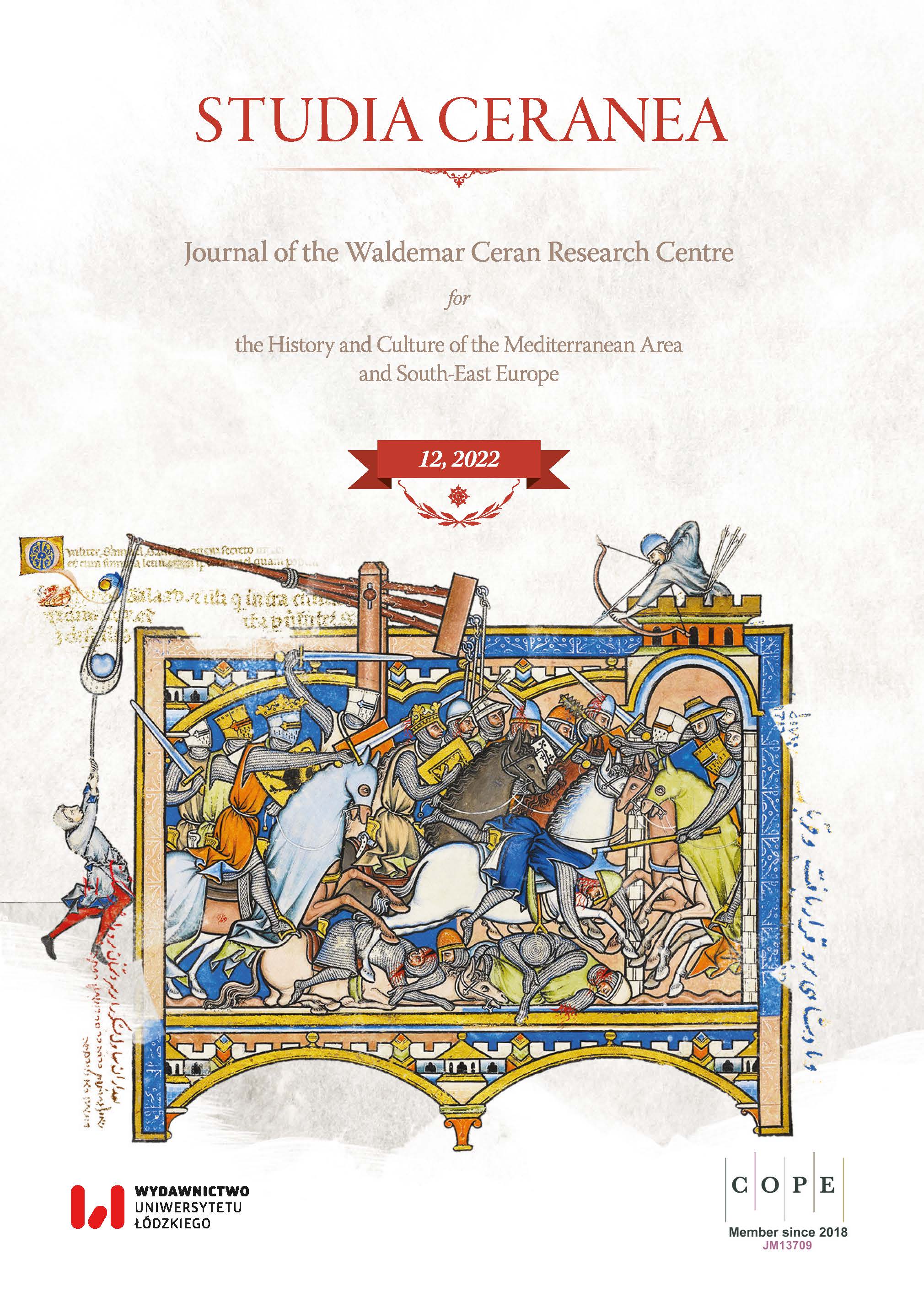Multi-lingual, Pluri-ethnic Orthodox Monasticism in Palestine and on Sinai, in the Light of the Liturgical Sources with Particular Reference to the Liturgical Manuscript Sinai Arabic 232 (13th Century)
Multi-lingual, Pluri-ethnic Orthodox Monasticism in Palestine and on Sinai, in the Light of the Liturgical Sources with Particular Reference to the Liturgical Manuscript Sinai Arabic 232 (13th Century)
Author(s): Andre WadeSubject(s): Christian Theology and Religion, History, 13th to 14th Centuries
Published by: Wydawnictwo Uniwersytetu Łódzkiego
Keywords: Multi-lingual monasticism; Pluri-lingual monasticism; Jerusalem; Palestine; Anastasis; Horologion; Alexandria; Sinai
Summary/Abstract: The multiple similarities between the Greek and Syriac eucharistic liturgies of Antioch and its hinterland on the one hand and the Jerusalem Liturgy of Saint James on the other hand situate Jerusalem within a single cultural area as regards liturgical life. Compared with Antioch, however, we have much more early evidence for the Liturgy of the Hours in Jerusalem. Main sources, which are briefly presented in the paper, are a) the Itinerary of Egeria, who in the 380s produced extensive liturgical notes on celebrations in the Anastasis cathedral and the related stational sites; b) the Armenian Lectionary, 5th century, which gives more specific detail of the services held in Jerusalem; c) the Georgian Lectionary, 6th century, which gives a slightly later stage of the material described in the Armenian Lectionary; d) the Old Iadgari, or first Jerusalem Tropologion, entirely preserved in Georgian. It is clear from these documents that the Anastasis Cathedral was officiated by monastic communities of different ethnic origins who used their own languages for their liturgical offices. We also have considerable evidence for this period for the Lavra of Saint Sabbas in the Judaean desert, where several ethnic communities prayed separately in their own languages, coming together only for the Eucharistic synaxis (in Greek). This multi-ethnic situation continues today on Mount Athos and continued throughout the Middle Ages on Sinai. The vast library of manuscripts at Saint Catherine’s monastery is well known. It contains manuscripts in a very wide variety of Christian languages, including numerous liturgical texts. The Manuscript Sinai Arabic 232 (13th century) contains a complete Psalter, a complete Horologion and other texts. It can be shown to be of Alexandrian Melkite origin, used by Arabic-speaking monks who were part of the Sinai community. There are archaic and specifically Egyptian, and even Coptic, elements that are of special interest.
- Issue Year: 2022
- Issue No: 12
- Page Range: 235-243
- Page Count: 9
- Language: English

